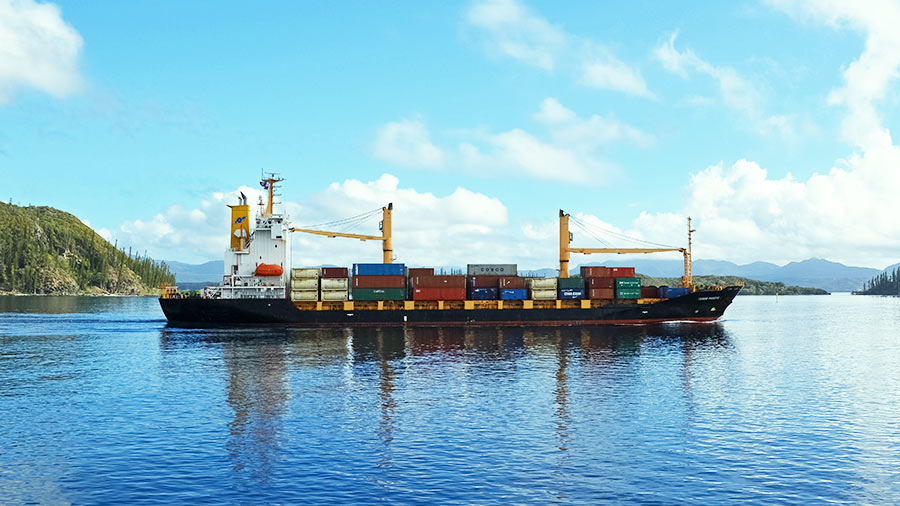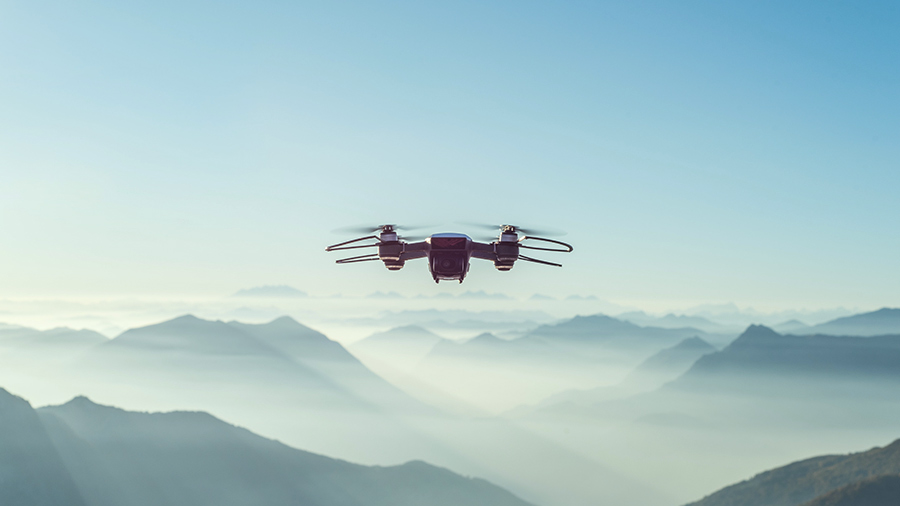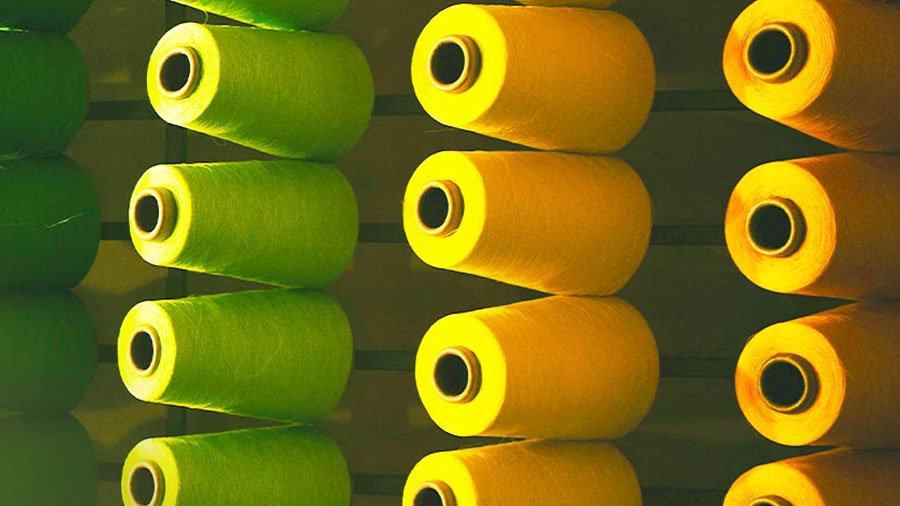India is planning to broaden its Production-Linked Incentive (PLI) scheme to cover toys, footwear, and leather goods. This initiative is designed to boost domestic manufacturing, stimulate investment within these labor-intensive industries, foster job creation, and curtail dependence on imports.
Status of the proposed scheme
In line with the goal of maximizing the utilization of the INR 1.97 trillion (US$23.70 billion) allocation for the Production Linked Incentive (PLI) scheme, the central government is poised to extend the scheme to encompass the toys, footwear, and leather sectors. Official sources from the Government of India have confirmed that Cabinet notes for both sectors are in an advanced stage of finalization.
The possibility of extending the PLI scheme to cover the manufacturing of train components is also under consideration. However, this proposal is currently in the discussion stage, as reported by various media outlets.
Initially, the Department for Promotion of Industry and Internal Trade (DPIIT) had planned an allocation of INR 35 billion (US$421.05 million) for the PLI scheme for toys, while the footwear and leather sectors were slated to receive around INR 26 billion (US$312.78 million).
However, numerous modifications have been introduced during inter-ministerial consultations, and the ultimate decision regarding the allocation will be made by the Prime Minister's Cabinet.
Performance of the Production Linked Incentive (PLI) scheme in India
The PLI scheme was introduced by Prime Minister Narendra Modi's government in 2020 to attract investments in 14 key sectors, deemed as sunrise and strategic sectors, with the aim of bolstering manufacturing and exports. These sectors encompass automotive and auto components, electronics and IT hardware, telecom, pharmaceuticals, solar modules, textiles and apparel, white goods, drones, and ACC batteries.
Under the PLI scheme, incentives are based on incremental sales and are disbursed over a five-year period. In financial year (FY) 2022-23, incentives disbursed amounted to about INR 29 billion (US$348.87 million), with expectations of reaching INR 130 billion (US$1.56 billion) in the current fiscal year.
While some sectors, like large-scale electronics, pharmaceuticals, and food processing, have performed well, others, such as high-efficiency solar PV modules, ACC batteries, textile products, and specialty steel, have lagged behind. Although the disbursement is projected to increase in the next two years, significant savings are evident due to under-utilization in several sectors. The government intends to direct these savings to other critical sectors.
Boosting labor-intensive sectors through PLI expansion
The decision to extend the scheme to the toys, footwear, and leather sectors is rooted in their labor-intensive nature and the steps that have already been taken to make them appealing for investment.
A significant step taken in this direction was the introduction of a Quality Control Order (QCO) in 2020 for the toy industry. This mandate, enforced by the Bureau of Indian Standards (BIS) the following year, made it compulsory for toys to undergo certification. The primary aim was to curb the inflow of sub-standard toys through imports and simultaneously boost the domestic toy industry. Government estimates suggest that the combined effect of QCOs and increased import duties led to a substantial decrease of approximately 70 percent in toy imports, while exports witnessed a notable increase.
In a parallel initiative, the government has also instituted QCOs for 24 different products within the footwear sector, spanning both leather and non-leather categories.
Furthermore, the Indian government is actively exploring the prospect of introducing a PLI scheme tailored for train components. The objective is to reduce dependence on imports in this critical area.
Growth trajectory of India's toy industry
The Indian toy industry, comprising approximately 4,000 units from the MSME sector, constitutes around 0.5 percent of the global market share, with an estimated value of US$1.5 billion. Despite its fragmented nature, the sector displays immense potential. A joint study by FICCI and KPMG anticipates that India's toy industry will witness a doubling of its value from US$1 billion in 2019-20 to US$2 billion by 2024-25. This growth projection outpaces the global average due to several pivotal factors.
The manufacturers primarily reside in key regions, such as the National Capital Region (NCR), Maharashtra, Karnataka, Tamil Nadu, and various clusters across central Indian states.
The Ministry of Commerce and Industry notes a significant decline in toy imports into India, plummeting from US$304 million in 2018-19 to US$36 million in 2021-22. Conversely, exports have witnessed a positive trajectory, escalating from US$109 million in 2018-19 to reach a peak of US$177.04 million in 2021-22, before declining by 13 percent to US$153.88 million in 2022-23.
Factors driving the consumption of toys made in India
- Domestic consumer base: India boasts of a colossal population, presently standing at approximately 1.4 billion, constituting 17.7 percent of the global populace. In 2019, nearly 26.62 percent of the Indian population fell within the 0-14 age group, indicative of the substantial growth potential in the toy industry driven by its youthful demographics.
- Shifting preferences: Parental preferences are gradually evolving, with a notable inclination towards STEM-focused toys to foster science and math development in young children. This shift is steering consumers away from conventional toys in favor of modern, hi-tech electronic toys, reinforcing market growth.
- Rise of online sales channels: India has witnessed a surge in online sales channels, driven by the proliferation of smartphones and digital platforms. Online marketplaces provide a forum for consumers to discuss product quality and features, while also enabling price comparisons. This digital shift has positioned online sales channels as one of the fastest-growing distribution avenues for toys in India.
- Rising disposable incomes: India has consistently demonstrated robust GDP growth over several years, positioning itself as one of the world's largest economies. This economic ascent has paralleled the expansion of the middle-class population, which has witnessed remarkable growth. On average, individual incomes in India have surged by 30 percent over the past six years. Consequently, consumers now have greater disposable incomes, influencing shifts in spending patterns towards innovative electronic toys, intelligent toys, and upmarket plush toys, gradually phasing out traditional and medium- to low-end battery-operated toys.
- Global expansion: The toy sector is increasingly expanding its global footprint, with manufacturers exploring new markets and increasing exports to regions, such as the Middle East and African countries. In recent developments, India has successfully finalized trade deals with key markets like the UAE and Australia. Indian-manufactured toys now benefit from the advantage of zero-duty market access via the India-UAE Comprehensive Economic Partnership Agreement (CEPA) and the India-Australia Economic Cooperation and Trade Agreement (ECTA).
Growth drivers for the Indian toy industry
- India's protectionist approach: To boost domestic production, India has raised basic customs duties on toys from 20 percent to 60 percent in 2020, and then to 70 percent on February 1, 2023. Simultaneously, stringent quality standards for imported toys have been enforced, limiting the availability of imported toys and stimulating demand for domestically produced toys.
- Access to raw materials: India is the world's second-largest producer of polyester and related fibers, contributing to an 8 percent global share in plush toy manufacturing, per an industry analyst. Competitive prices of key inputs like plastics, paperboards, and textiles favor local manufacturing.
- Location-based incentives: Indian states are offering critical incentives for the toy industry, which can subsidize up to about 30 percent production costs. This is to attract investment and create jobs, but overall has been contributing to an emerging industrial ecosystem.
- Cluster-based approach: Over 60 toy clusters have been established by the Indian government. Standout examples include the 400-acre cluster by Aequs in Koppal, Karnataka, and the ongoing development of a 100-acre facility in Uttar Pradesh.
- Foreign investment rules: 100 percent foreign direct investment (FDI) is allowed under the automatic route for the toy industry.
Policies fueling toy industry growth
- Promoting traditional toys: Initiatives like Toy Labs and toy fairs are being established to promote traditional Indian-themed toys, engaging both physical and digital realms for learning, play, and innovation.
- Cluster formation and skill enhancement: The government is forming toy producer clusters, upskilling artisans, and enabling their connection with foreign investors to enhance their engagement.
- Multi-sector collaboration: Various ministries, including Education, Textiles, I&B, Commerce, and others, are collaborating to enhance the toy industry's growth through diverse avenues, including skill development, technology integration, and cultural representation.
- Start-up engagement: The government has urged start-ups to explore the toy sector and support local manufacturing, reducing reliance on imports. Educational institutions are facilitating innovation in toy technology and design through hackathons.
- Quality certification mandate: Mandatory quality certification for toys ensures conformity to standards and fosters the growth of the indigenous toy industry.
Overview of India’s leather and footwear industry
Leather industry
The leather industry holds a significant position in the Indian economy, not only as one of the top 10 foreign exchange earners but also as a major player in various key aspects. India's vast cattle and buffalo population, accounting for 20 percent of the global total, and its goat and sheep population, contributing 11 percent, provide the country with abundant raw materials, thereby establishing a strong footing in the sector.
India is the second-largest exporter of leather garments, the third-largest exporter of saddlery and harnesses, and the fourth-largest exporter of leather goods globally. The footwear segment accounts for the majority of exports, with exports valued at US$1.8 billion from April to August 2022. In the same period, the export of leather, leather products, and footwear reached US$2.38 billion, reflecting a robust growth rate of 29.81 percent compared to the previous year.
India's leather industry accounts for approximately 13 percent of the world's leather production, with an impressive annual production of around three billion square feet of leather. The country also contributes nine percent to global footwear production. Notably, the sector is employment-intensive, offering livelihoods to over four million people, with a significant presence in marginalized sections of society. Women constitute around 30 percent of the workforce in the leather products industry, and the industry boasts one of the youngest workforces, with 55 percent of employees under the age of 35.
India as a footwear hub
India ranks as the second-largest producer and consumer of footwear worldwide. India's prowess in footwear production is remarkable, accounting for nine percent of the world's footwear production. The industry is projected to manufacture nearly 3 billion units by 2024, with an expected growth rate of eight percent CAGR. Per capita footwear consumption in India has risen from 1.7 pairs in 2016 to 2.3 pairs in 2021.
Non-leather footwear segment
The non-leather footwear market is a burgeoning segment in India, contributing approximately 90 percent to the total footwear market in 2021, with a market size of US$4.3 billion. This segment is expected to reach US$6 billion by 2024.
Key markets
Major markets for Indian leather and footwear products include the USA, Germany, the UK, Italy, France, Spain, the Netherlands, the UAE, China, Hong Kong, Belgium, and Poland.
Government initiatives
To bolster the leather industry, the Indian government has introduced the Indian Footwear and Leather Development Programme (IFLDP). This initiative focuses on developing infrastructure, increasing production, attracting investments, and generating employment within the leather industry. The government has allocated US$220 million (INR 17 billion) until 2026 for this program. IFLDP encompasses six sub-schemes aimed at sustainability, diversification, infrastructure development, branding support, design, and technology advancement.
As India's leather industry continues to thrive, it remains a pivotal contributor to the nation's economy, fostering employment opportunities, boosting exports, and displaying a commitment to sustainability and innovation.












